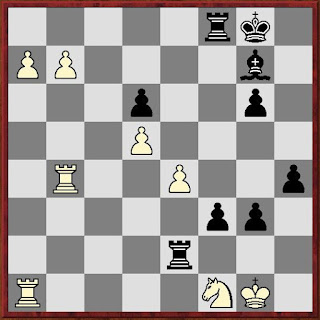I am firmly in the camp that believes the top player's ratings are inflated because they tend to avoid playing in Opens (Kramnik played in his first open in something like 20 years just within the last year [I believe it was at last year's edition of the Qatar Masters. - ed.]), and this is an example of what can happen when the top dogs move to the shallow end of the pool.I meant to disagree (mildly) at the time, but forgot with all of the holiday hullabaloo. I do think the top players would probably get nicked sometimes, but I also think the top players are the top players because they really do perform that well. It hasn't been unknown for a player to soar to elite ratings status only to get knocked back down immediately upon getting into elite events.
These results are rare, but when the opportunity is present, the top guys will get nicked enough (a draw is a rating loss) to keep rating at a more accurate level.
Mostly, I think the top players would have to adjust to the style of an open Swiss tournament by learning to take more chances. This would increase their variance, but it would do so both ways, and ultimately I would expect them to end up in about the same positions on the ELO scale. As evidence, I give you the top five players, by rating, from Qatar, along with their results:
It turns out that the top three players in the world all gained ELO points, as did the twelfth ranked player. And the tenth ranked player, who had a disappointing tournament, only lost 1.8 ELO. Not bad! The eighth and tenth seeds did get hammered, ratings-wise, but they're both outside the top twenty in the world.
This is one tournament, and thus a painfully small sample size, but I think these results would hold up over time.
Thus endeth a minor disputation over a particular inconsequentiality.





